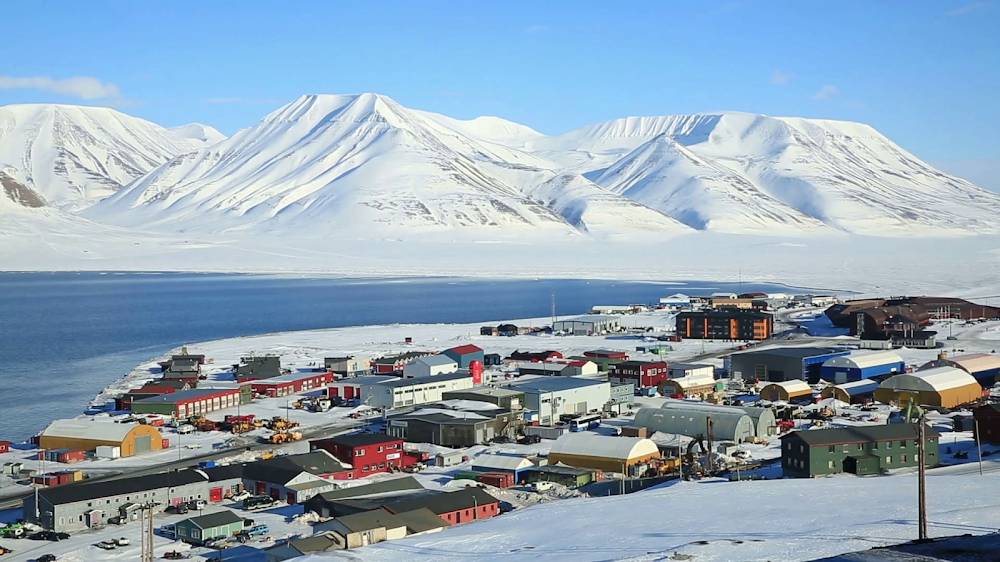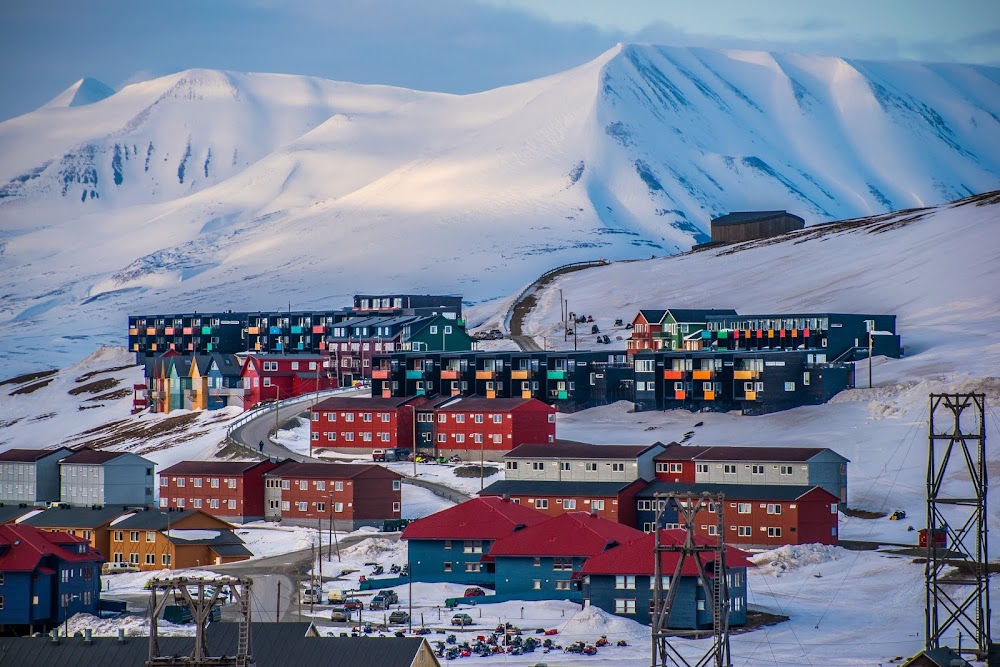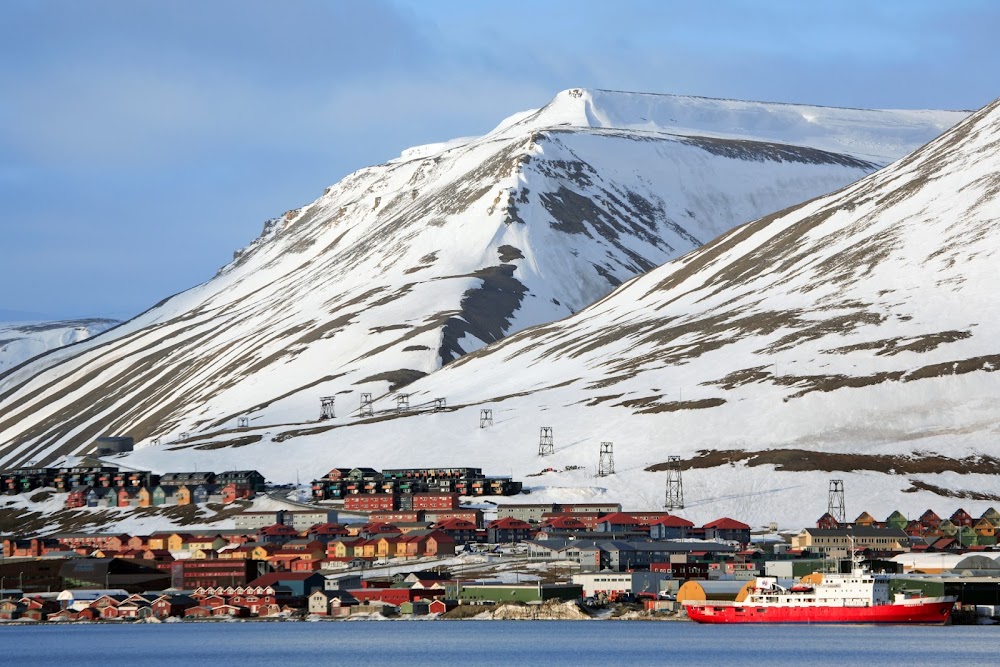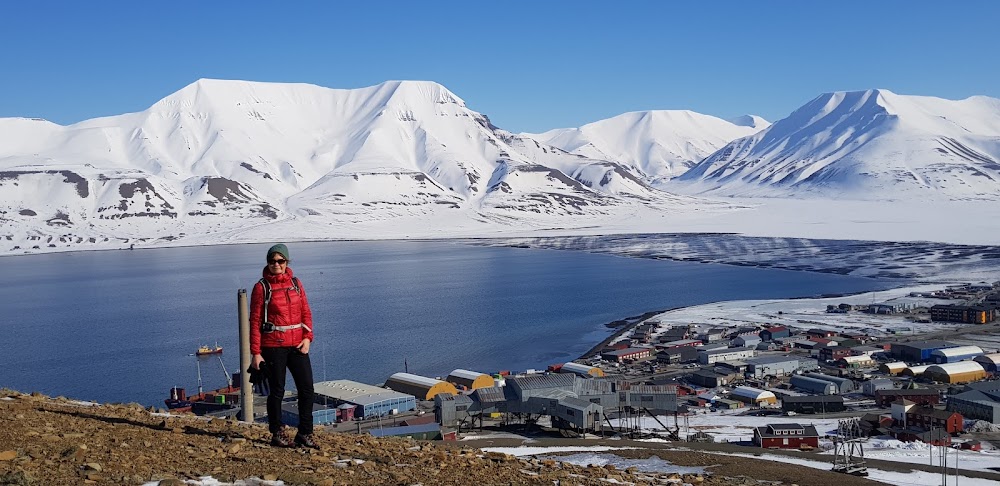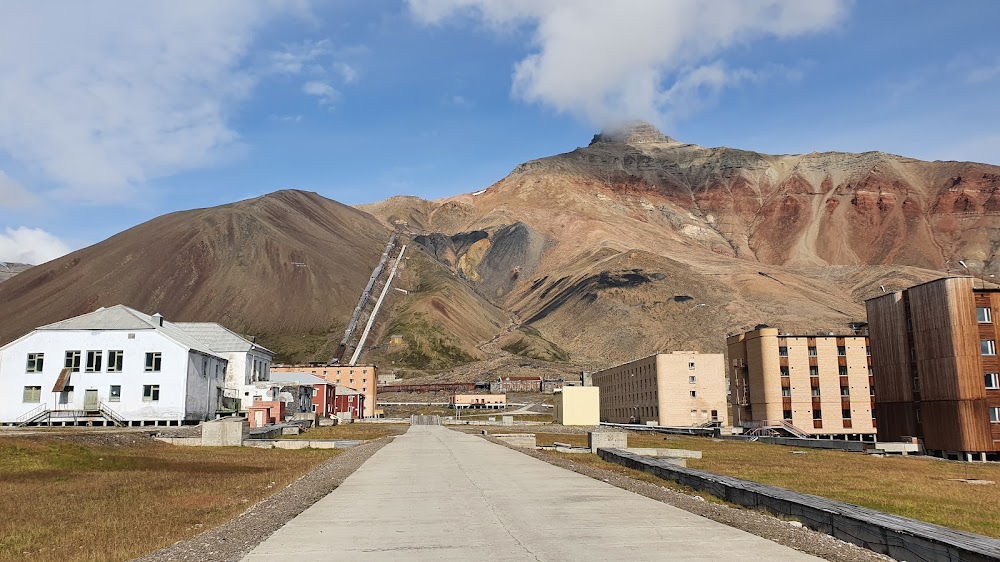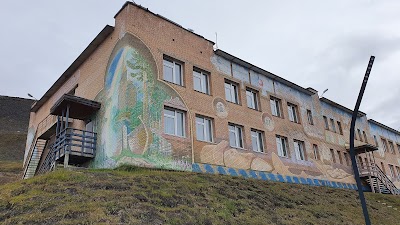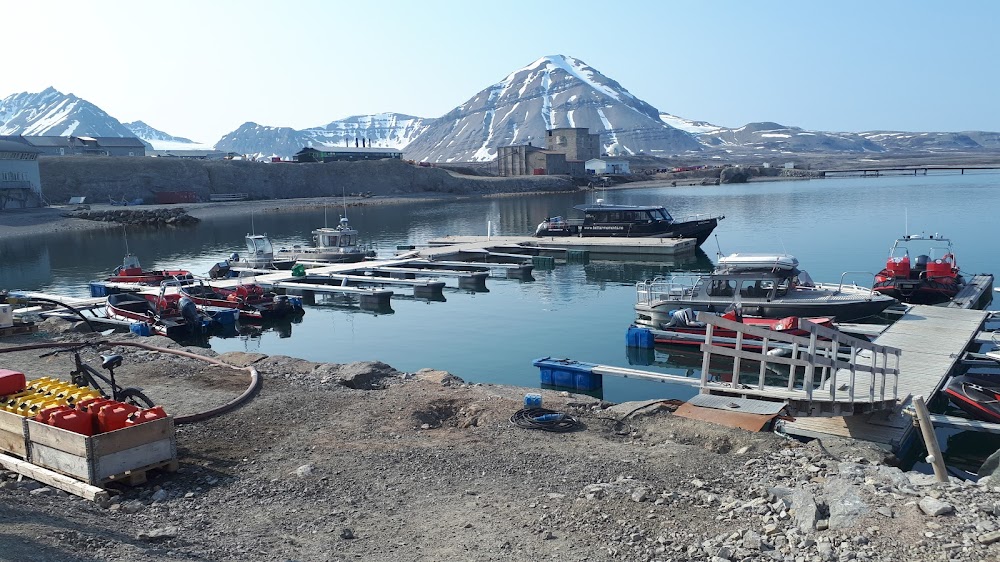Longyearbyen (Longyearbyen)
Related Places
Overview
Longyearbyen, nestled in the remote archipelago of Svalbard, Norway, is renowned as one of the world's northernmost towns. This unique settlement has a fascinating history rooted in coal mining, established by American entrepreneur John Munro Longyear, who recognized the area's potential for coal extraction.
The Birth of Longyearbyen
In 1906, Longyear arrived as part of the Arctic Coal Company, lured by reports of rich coal fields in the icy landscape. Despite the rugged terrain blanketed in snow for most of the year, workers flocked to the region to mine coal, leading to the growth of the settlement. Initially, living conditions were harsh, with workers constructing simple wooden structures to withstand the extreme Arctic climate.
The Norwegian Influence
In 1916, the Store Norske Spitsbergen Kulkompani, commonly known as Store Norske, took over operations from the Arctic Coal Company. This transition marked the beginning of significant Norwegian contributions to Longyearbyen's development. The company invested in more permanent infrastructure, including homes, a church, and a hospital, enhancing the quality of life for residents.
Technological Advancements
Amidst these developments, technological innovations began to shape Longyearbyen. A crucial advancement was the construction of an aerial tramway system, which efficiently transported coal from the mines to the port, eliminating the labor-intensive manual transportation that had previously been required.
The Impact of World War II
The town's resilience was tested during World War II when German forces targeted Longyearbyen, bombing and destroying much of the settlement in 1943. In the aftermath of the war, a concerted effort to rebuild began, and by the late 1940s and early 1950s, Longyearbyen had been revitalized with modern amenities that significantly improved living conditions.
Diversification and Research
As the coal mining industry waned in the latter half of the 20th century, Longyearbyen began to diversify. Today, it stands not only as a former mining town but also as a vibrant hub for research and tourism. Several universities and international research institutions have established operations in the area, focusing on Arctic studies and climate research.
The Svalbard Global Seed Vault
One of Longyearbyen's most notable features is the Svalbard Global Seed Vault, which opened its doors in 2008. Carved into the side of a mountain, this vault is designed to safeguard a diverse array of plant seeds from around the globe. Its creation was a collaborative international effort aimed at preserving the world's agricultural biodiversity in the face of potential global catastrophes.
Tourism and Natural Beauty
In recent years, tourism has become a vital component of Longyearbyen's economy. Visitors are captivated by its stunning natural landscapes, the enchanting polar night, and a wide range of activities such as dog sledding, glacier tours, and Northern Lights viewing. The town has evolved to accommodate tourists with hotels, restaurants, and various facilities.
Longyearbyen stands as a remarkable testament to human resilience and adaptability in one of the planet's harshest environments. It celebrates the preservation of traditional coal mining activities while embracing new ventures that ensure its relevance in today's world. From its origins as a rugged mining outpost to its current status as a center for research and tourism, Longyearbyen remains a unique and enduring symbol of life in the Arctic.


